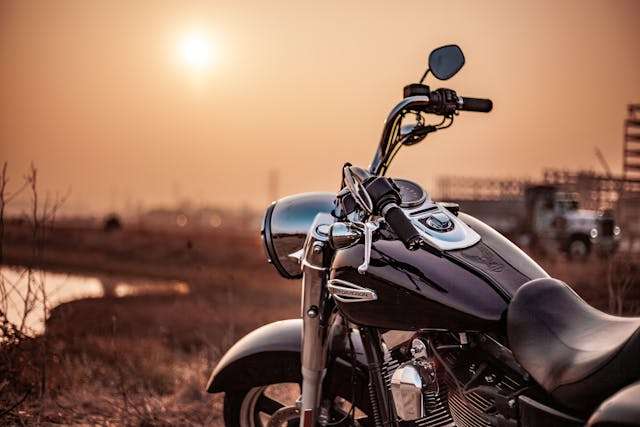
Riding a motorcycle can be both an exhilarating and liberating experience, but it comes with its fair share of risks. As a new rider, understanding and implementing necessary safety tips can significantly enhance your riding experience and reduce the likelihood of accidents. In this guide, we will cover important safety tips for new motorcycle riders, giving you the confidence and knowledge to hit the road safely.
Build Your Riding Community
Being part of a riding community can offer numerous benefits. Experienced riders can provide tips and support, while group rides can enhance your confidence. Look for local motorcycle clubs or online groups where you can connect with other riders who share your passion. A supportive community can make your riding experience more enjoyable and offer advice on routes, gear, and maintenance. If you ever find yourself in a situation where you need to understand your legal rights after an accident, consulting with motorcycle accident claim specialists can provide valuable insights and assistance.
Understand Your Bike
Before you embark on any journey, it’s vital to have a thorough understanding of your motorcycle. Spend time getting to know its mechanical components, controls, and features. Familiarize yourself with the clutch and throttle response, the weight distribution, and the brake system (front and rear). This knowledge will help you react swiftly and effectively in different riding situations.
Wear the Right Gear
Safety gear is non-negotiable when it comes to motorcycle riding. Proper gear includes a DOT-certified helmet, a jacket and pants with armor, gloves with good grip, and sturdy boots that cover the ankles. This gear not only protects you in the event of a fall but also makes you more visible to other drivers.
Master Cornering Techniques
Cornering on a motorcycle requires skill and attention. When approaching a curve, slow down before entering the turn and look through the turn to where you want to go. Be sure to lean with the bike, but keep your body relaxed. Apply steady throttle as you exit the turn. Practicing these techniques in a controlled environment can help you become more proficient.
Practice Defensive Riding
Defensive riding is all about being alert and anticipating potential hazards. Here are some key defensive riding practices:
- Maintain a safe following distance
- Always check your mirrors and blind spots
- Use your indicators and signals early
- Avoid riding in adverse weather conditions
Remember, it’s better to be cautious and slightly paranoid than to be overly confident.
Stay Visible
One of the biggest challenges for motorcyclists is being seen by other drivers. To enhance your visibility, wear bright or reflective clothing and keep your headlights on, even during the day. Try to avoid riding in blind spots of other vehicles and make eye contact with drivers at intersections when possible. Being visible can significantly reduce the risk of collisions.
Regularly Maintain Your Motorcycle
A well-maintained motorcycle is a safer motorcycle. Regular maintenance checks should include inspecting tire pressure and tread depth, checking brake fluid levels, ensuring all lights and signals work properly, lubricating the chain, and servicing the engine as per the manufacturer’s guidelines. Regular maintenance can prevent unexpected breakdowns and ensure your bike runs smoothly.
Know Your Limits
Pushing your limits can lead to dangerous situations. Be honest with yourself about your skill level and opt for less challenging routes initially. Avoid riding in high-traffic areas until you’re more experienced and gradually increase your riding duration and distances. Remember to take regular breaks to avoid fatigue. Recognize when it’s time to call it a day to stay safe on the road.
Plan for Emergency Situations
Even with all precautions, emergencies can happen. Plan for unexpected situations by carrying a basic first-aid kit and learning simple first-aid procedures. Knowing how to handle minor injuries and call for help can make a significant difference in critical moments. Additionally, have a reliable roadside assistance plan in place for mechanical issues. Being prepared for emergencies ensures you can manage unforeseen events effectively.
Get Professional Training
While self-practice is important, professional training can accelerate your learning curve. Enroll in a certified motorcycle safety course to gain hands-on experience and receive guidance from seasoned instructors. These courses often cover advanced riding techniques and emergency maneuvers, equipping you with skills that are vital for safe riding. Completing such a course can also potentially lower your insurance premiums.
Final Thoughts
Being a new motorcycle rider is an exciting venture, but safety should always be your priority. By understanding your bike, wearing the correct gear, practicing defensive riding, mastering cornering, staying visible, knowing your limits, and maintaining your motorcycle, you pave the way for countless enjoyable and safe rides. Keep these tips in mind, and you’ll be well on your way to becoming a skilled and confident rider.